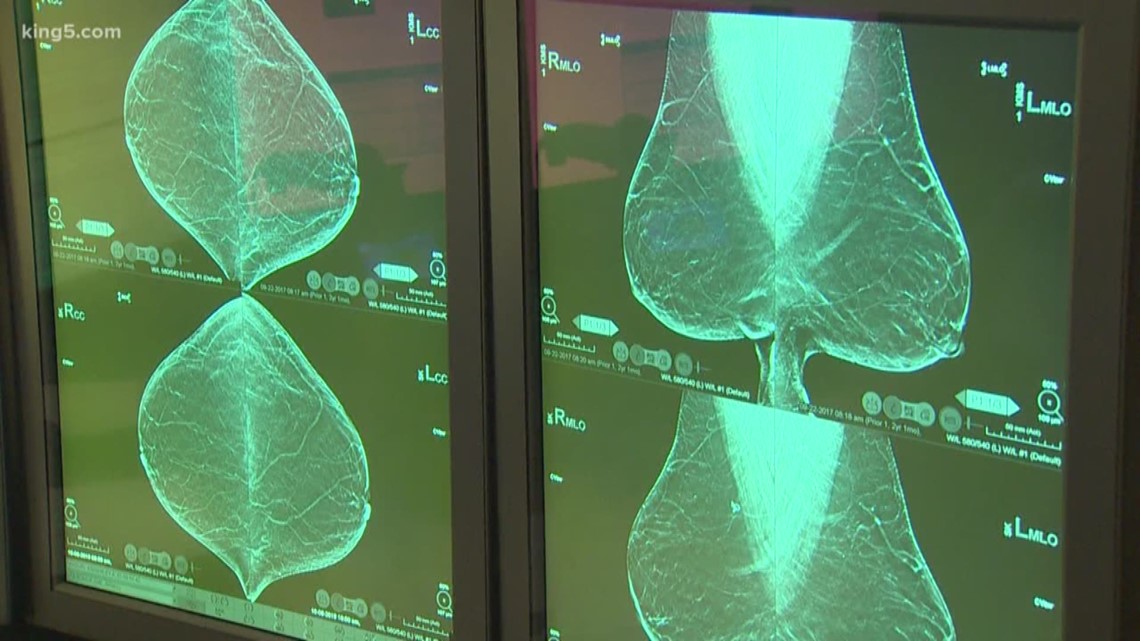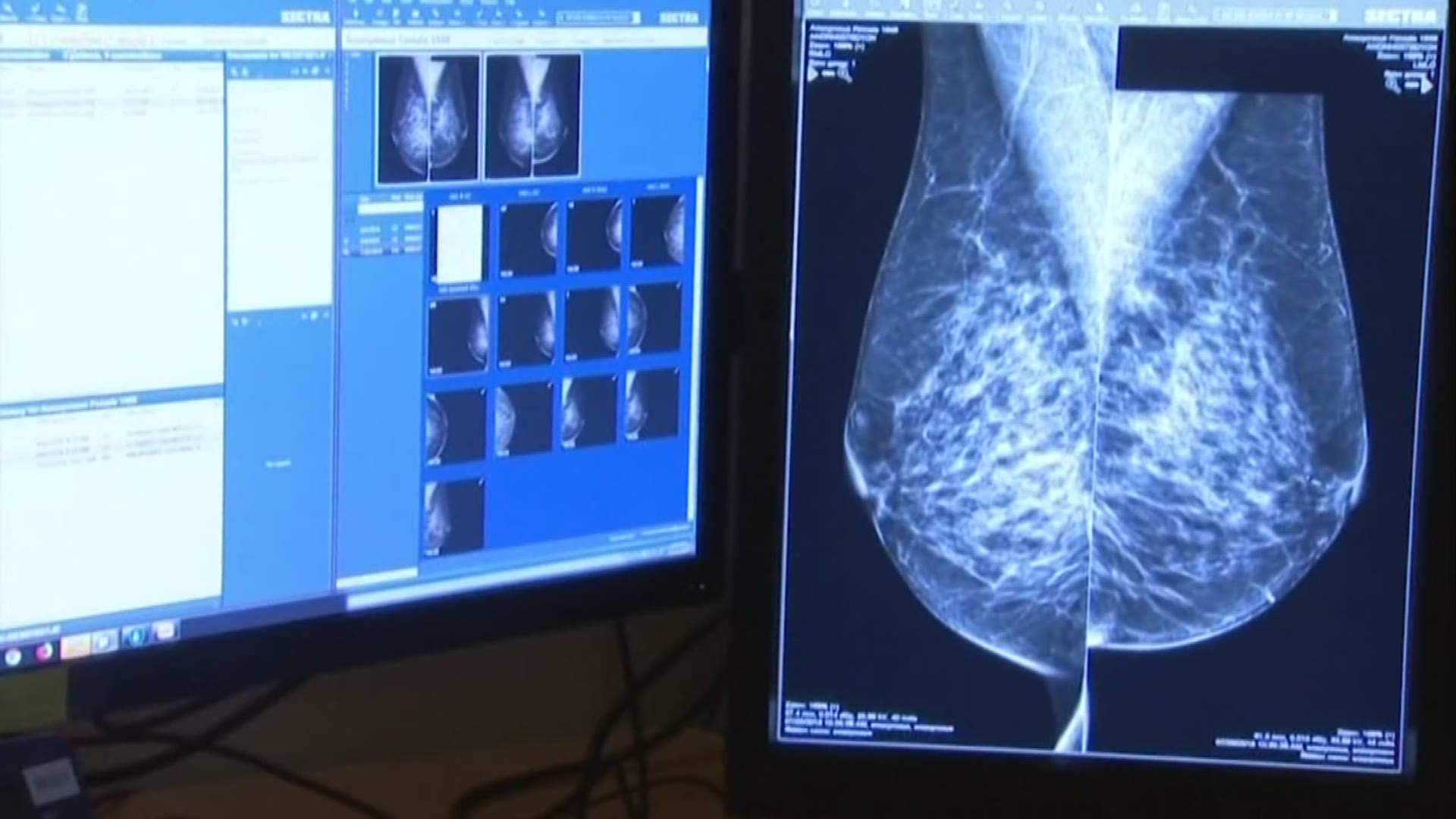If you’ve been to the doctor or radiologist and they told you that you have dense breasts, they are now required by law to send you a letter stating that dense breast tissue may make it more difficult to evaluate your mammogram.
On a mammogram, cancer can blend in with the surrounding tissue.
The goal of the new law is to help women know more about breast cancer risk factors in general, according to Dr. Janie Lee, clinical director of breast imaging at Seattle Cancer Care Alliance.
Dr. Lee said she’s glad to see legislation helping women make informed decisions about their health care.
Aside from the first law about informing women of dense breasts, there is a second law related to expanded mammography coverage.
That law removes co-pays and deductibles related to 3-D mammography in the state of Washington, which means your insurer is supposed to cover 3-D mammography.
Since insurance policies are tricky, if you are insured under what's called a "Self-Funded" Insurance Plan, the rules may be different because those plans are protected under an entirely different law.
It’s important to check with your insurance to see exactly what they cover and what you are responsible for.
Dr. Lee said, in her opinion, that 2-D versus 3-D mammograms aren’t the issue-- she just wants women to get checked.
“So I would say if you are near a clinic that has 3-D mammography, certainly take advantage of it. If you don't, go ahead and have the 2-D mammogram anyway. Mammography has been shown to save lives. So I think it's more important to have your mammogram than it is to have the 3-D mammogram,” Dr. Lee said.
Lee said if a doctor sees something suspicious, they will order a diagnostic check, where an ultrasound on top of a mammogram is required.
At that point, you'll have to see what your plan covers, but you'll likely be hacking into that deductible.



